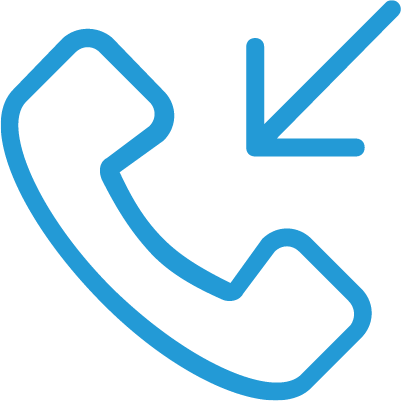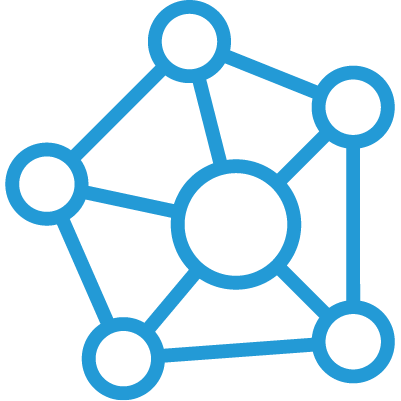
Unlocking the Power of Customer Engagement: Inbound vs. Outbound Call Center Services
In the ever-evolving landscape of customer service, where every interaction can leave a lasting impression, the role of call centers has become more pivotal than ever before. These dynamic hubs of communication, known as inbound and outbound call centers, serve as the lifeline between businesses and their clientele. They are not just call centers; they are the architects of customer experiences, the troubleshooters of issues, and the catalysts of growth.
In this comprehensive exploration, we’ll embark on a journey to unravel the secrets of inbound and outbound call centers – two distinct worlds within the realm of customer service. Beyond just understanding what they are, we’ll delve into why they matter, what sets them apart, and how they shape the customer service landscape of today’s businesses. So, fasten your seatbelts as we venture into the heart of customer engagement and discover the difference between inbound and outbound call centers.
What is an Inbound Call Center?
An inbound call center is a critical component of customer service for many businesses. Its primary function is to receive incoming calls from customers. These calls could be inquiries, complaints, requests for information, or even orders. Inbound call centers are typically set up to handle a wide range of customer concerns and issues.
Inbound call centers are like a beacon for customers seeking assistance. They serve as the first point of contact for individuals looking to resolve problems or gather information about a product or service. These centers are equipped with trained agents who are well-versed in addressing customer queries and concerns promptly and efficiently.
What is an Outbound Call Center?
In contrast to inbound call centers, outbound call centers initiate calls to customers or potential customers. They are proactive in their approach and typically engage in activities such as telemarketing, customer surveys, lead generation, and follow-up calls. Outbound call centers are often associated with sales and marketing efforts.
Outbound call centers are like the outreach arm of a business. They make calls to reach out to potential customers or follow up with existing ones. The agents in outbound call centers are trained to engage customers effectively, pitch products or services, and gather feedback. They play a crucial role in expanding the customer base and nurturing customer relationships.
Differences Between Inbound Call and Outbound Call Centers
Now that we’ve explored the Inbound and Outbound calls difference in definition, let’s dive into the key difference between inbound calls and outbound calls
● Nature of Calls
Inbound call centers primarily handle reactive calls. Customers initiate contact when they have a query or an issue. On the other hand, outbound call centers are proactive and initiate calls to customers. This fundamental distinction shapes the way these centers operate and the skills required of their agents.
● Call Handling Process
Inbound call centers focus on providing immediate solutions to customer problems. Agents must be skilled in troubleshooting, product knowledge, and problem resolution. In contrast, outbound call centers involve a more structured process, often following scripts for sales pitches or surveys. Agents in outbound centers need to be persuasive and able to keep the conversation on track.
● Goals and Objectives
The primary goal of inbound call centers is to ensure customer satisfaction by resolving issues quickly and effectively. Customer retention and loyalty are essential metrics for success. In outbound call centers, the main objectives include generating leads, closing sales, and collecting valuable customer feedback. Revenue generation and conversion rates are key performance indicators.
● Staffing and Skill Requirements
Inbound call centers require agents who excel in problem-solving and customer service skills. They need to be patient, empathetic, and knowledgeable about the company’s products or services. In outbound call centers, agents must possess strong communication and persuasion skills. They should be comfortable with cold calling and have the ability to engage customers effectively.
● Performance Metrics
Performance metrics vary between inbound and outbound call centers. Inbound centers often measure success through metrics like first call resolution (FCR), average handling time (AHT), and customer satisfaction (CSAT). Outbound call centers focus on metrics such as conversion rates, lead generation, and call volume.
In conclusion, the difference between inbound and outbound calling plays distinct but equally important roles in a company’s customer service and sales efforts. While inbound centers excel at addressing customer inquiries and ensuring satisfaction, outbound centers are the driving force behind sales and lead generation. Understanding the Inbound and Outbound calls difference is crucial for businesses to optimize their customer service strategies.
If you’re interested in exploring how HRH can help you establish effective inbound and outbound call center services for your business, please visit our HRH Inbound and Outbound Services page. Our dedicated team is ready to assist you in delivering exceptional customer experiences and driving business growth through effective communication.






